Submitted by WA Contents
Leddy Maytum Stacy Architects wins 2017 AIA Architecture Firm Award
United States Architecture News - Dec 12, 2016 - 12:19 15640 views

The American Institute of Architects (AIA) has named San Francisco-based Leddy Maytum Stacy Architects (LMSA) Best Architecture Firm for 2017. Leddy Maytum Stacy Architects was praised for its 'impressive portfolio of highly influential work that advances issues of social consciousness and environmental responsibility over the course of three decades'.
Leddy Maytum Stacy Architects has 21 designers in the team believing transformative power of architecture and the firm’s work demonstrates design with purpose as it develops model solutions to meet crucial challenges.

Sweetwater Spectrum Community in Sonoma, California. Image © Tim Griffith
Led by principles William Leddy, FAIA, Marsha Maytum, FAIA, and Richard Stacy, FAIA, the firm's portfolio includes diverse range of projects revealing sensitivity, universal design principles and social equity.
The AIA particularly highlighted the firm's some projects including California College of the Arts for being the first solar heated art and design college in the nation, Cavallo Point Lodge in California for its integration on public and private entities, Plaza Apartments for being San Francisco’s first permanent housing for the formerly homeless, and Ed Roberts Campus for celebrating the independent living and disabled rights movement in Berkeley, California.

Rene Cazenave Apartments in San Francisco, California. Image © Tim Griffith
''By dedicating their practice to creating stellar projects for non-profit social justice, educational and environmental organizations, LMSA has effectively employed the power of architecture to enhance the lives of people who so often go without,'' wrote James Timberlake, FAIA, in a letter supporting LMSA’s nomination for the Architecture Firm Award. “In turn, they have created a community of designers in their studio that respect their clients’ scarce resources and learn to do more with less.''
The firm began collaborating in 1983 and the belief that architecture is the synthesis of poetics, economics, technologies, and meaning has always been embedded in the firm’s culture. Dedicated to addressing issues of resource depletion, climate change, historic preservation, and social equity, LMSA and its leadership clearly demonstrate that architects can help their communities adapt to a complex and rapidly changing world.
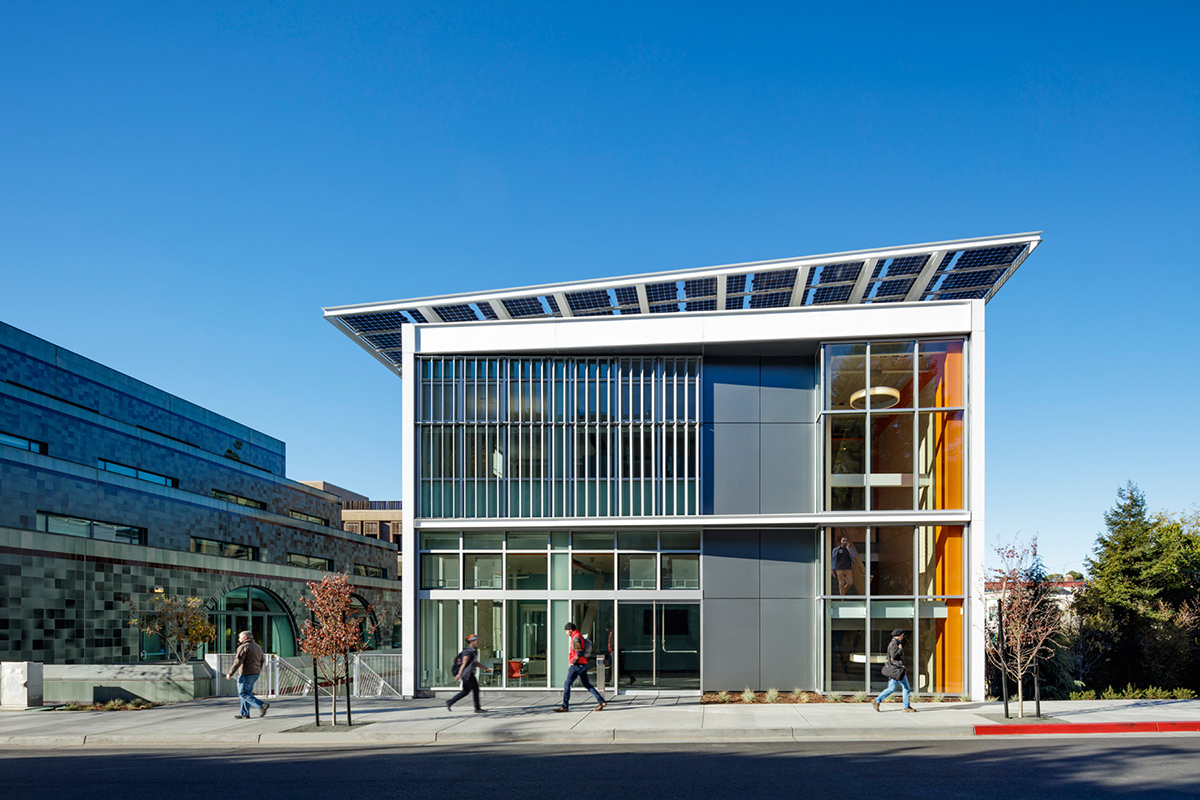
UC Berkeley Jacobs Institute for Design Innovation in Berkeley, California. Image © Tim Griffith
To that end, the firm’s proficiency in diverse building types – from affordable housing to the adaptive reuse of historic structures – has been recognized with more than 140 design awards and are only one of three firms to have ever received eight AIA COTE Top Ten awards.
''There is a quiet purpose to the work of Leddy Maytum Stacy – a refreshing sensitivity,'' wrote David C. Lake, FAIA, in a letter supporting the firm’s nomination. ''The clarity of their purpose, coupled with their keen desire to listen, has created a firm that seeks a truly collaborative process. Leddy Maytum Stacy always finds the intrinsic poetry present in all places. In particular, their adaptive reuse work exemplifies the truly sustainable goal of repurposing all buildings with new life.''
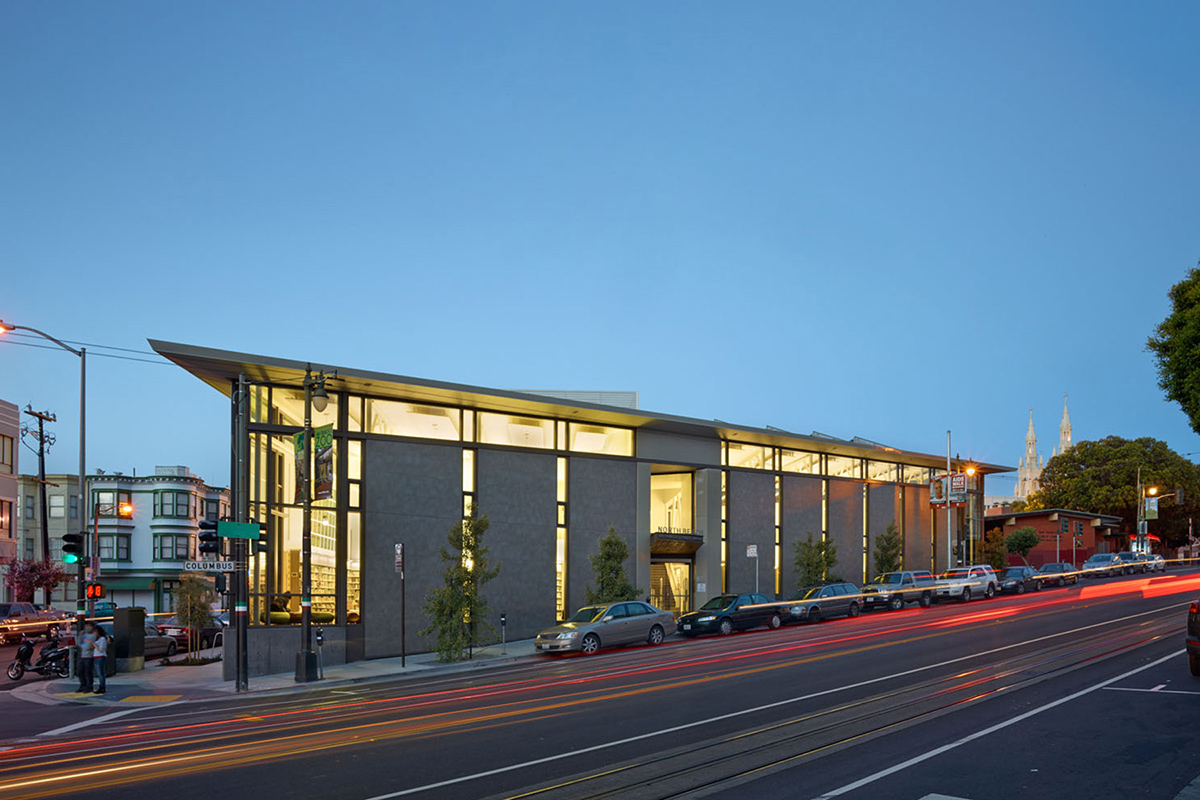
North Beach Branch Library in San Francisco, California. Image © Bruce Damonte / Mikkel Aaland
That sensitivity is evident in projects such as California College of the Arts, the first solar heated art and design college in the nation. For the 1999 project LMSA rehabilitated an abandoned post-war Greyhound Bus maintenance garage (originally designed by Skidmore, Owings & Merrill) into 75,000 square feet of new studios, workshops, and exhibition space while retaining the building’s original industrial character.
The 51,000-square-foot open studio space is heated entirely by the sun while roof-mounted collectors and radiant floor systems reduce the building’s energy consumption by 60 percent.
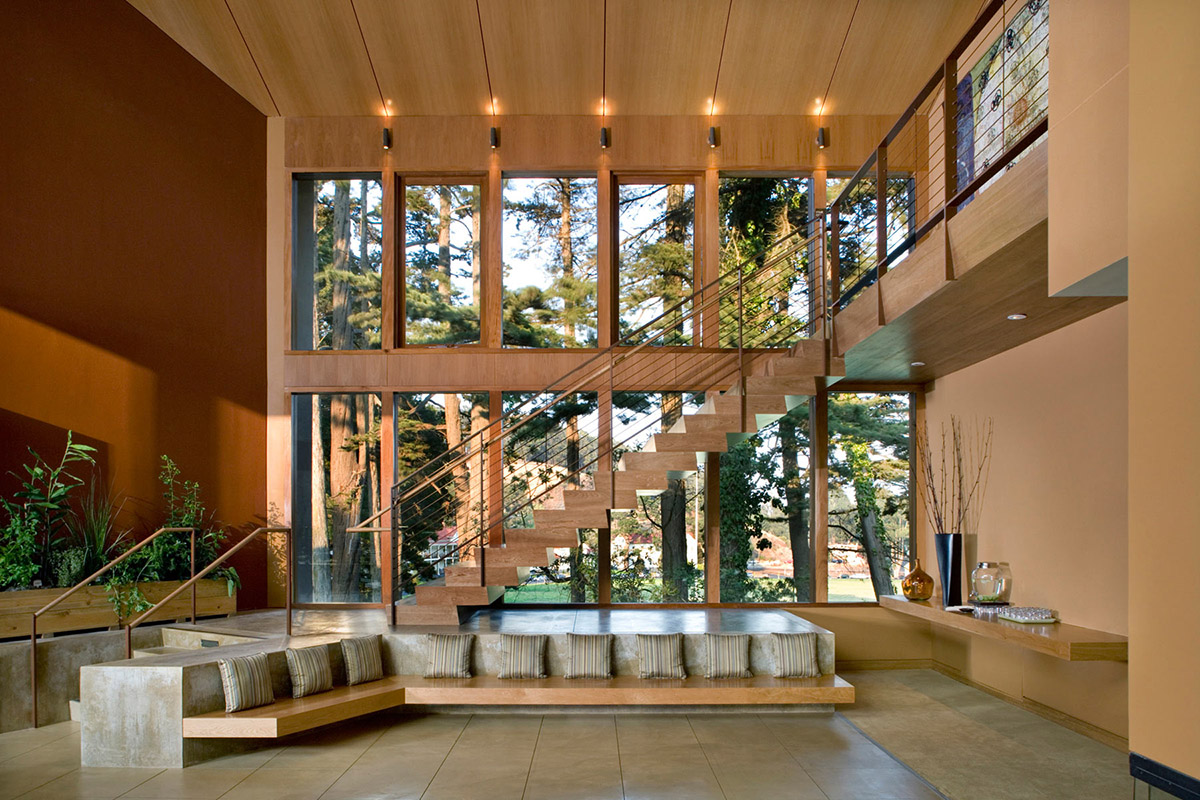
Cavallo Point - The Lodge at the Golden Gate in Sausalito, California. Image © Bruce Damonte / David Wakely / Matthew Millman
At the foot of the Golden Gate Bridge, LMSA transformed a U.S. Army Base in 2008 into Cavallo Point Lodge—a luxurious hotel, and conference and retreat center—the Institute at the Golden Gate, a program of the Golden Gate National Parks Conservancy. An alliance of public and private entities, the project seamlessly integrated rehabilitated base structures and new buildings into 27 acres of National Park land.
“Their passion for addressing some of the profession’s thorniest issues including regenerative design, universal access, social equity and housing for the most disadvantaged has been consistent and impressive,” wrote Bob Berkebile in his letter supporting LMSA’s nomination.

Plaza Apartments in San Francisco, California. Image © Tim Griffith
LMSA’s Plaza Apartments became San Francisco’s first permanent housing for the formerly homeless. The firm’s vigor coupled with the city’s innovative public housing project led to dignified housing with on-site health and social services for 106 chronically homeless people.
Designed in association with Paulett Taggart Architects and clad in wood-resin panels, the building boasts a pinwheel plan on the upper floors that floods corridors with daylight while integrated universal design strategies far exceed Americans with Disabilities Act requirements.
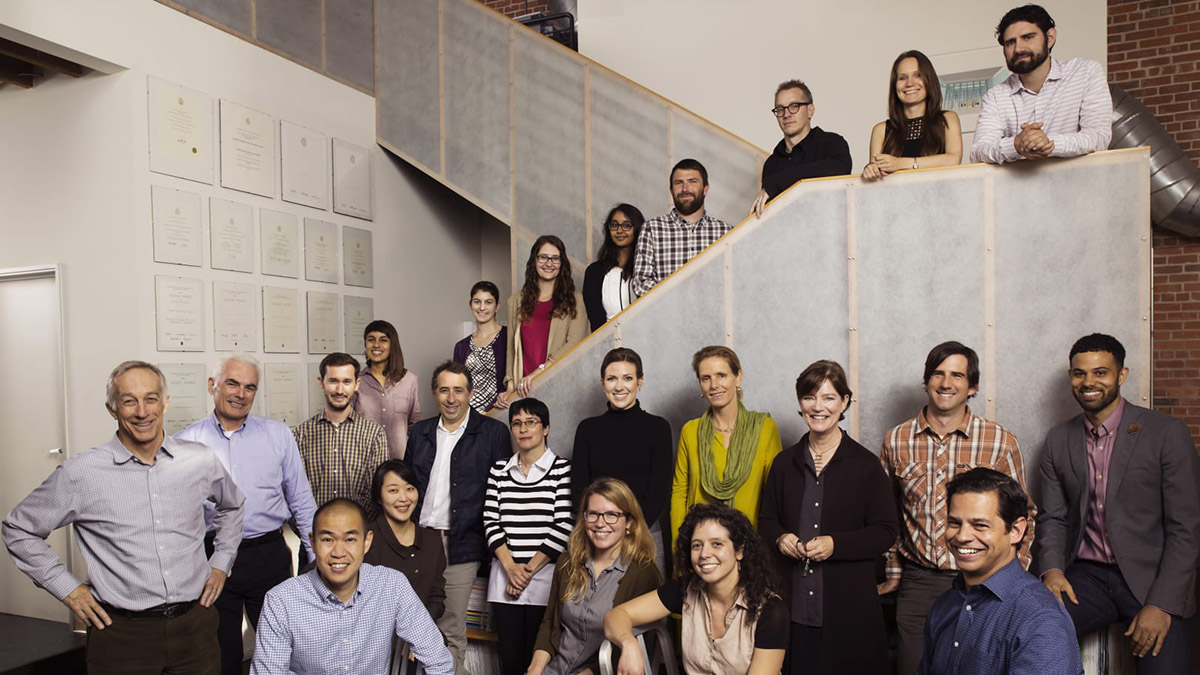
Image © Leddy Maytum Stacy Architects
“The new building enlivens Sixth Street during the day with its multicolored wood/resin panels, and is a beacon after dusk,” said Dwell magazine of the project, “proving that designing with people in mind can be beautiful on many levels.”
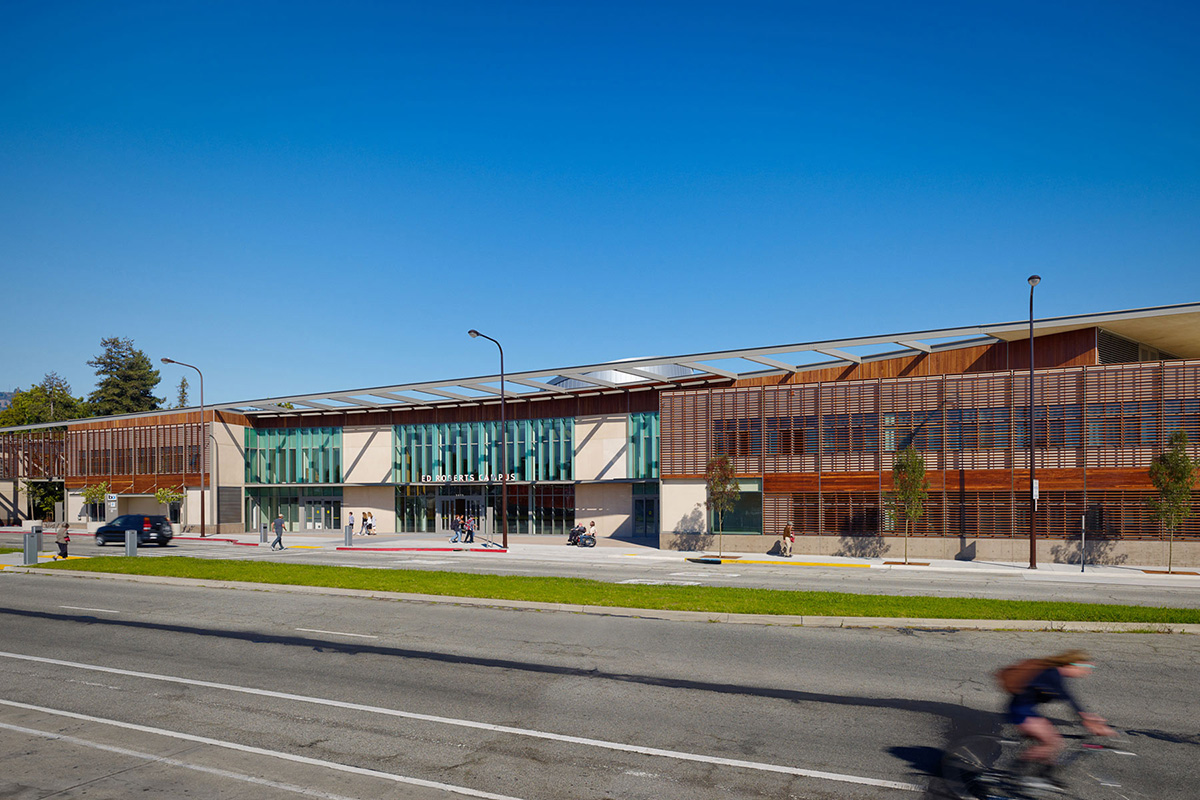
Ed Roberts Campus in Berkeley, California. Image © Tim Griffith
Across the San Francisco Bay in Berkeley, the Ed Roberts Campus is one of the first buildings of its kind in the nation – a community center serving and celebrating the independent living / disabled rights movement.
This two-story building, located at a regional transit hub, features an iconic red helical ramp that welcomes people of all abilities to the second floor while it expresses the values of universal design to the general public.
The international jury comprised of Stephen Maher, AIA (Chair), Ritter Maher Architects LLC, Baton Rouge, Louisiana, Rena Klein, FAIA, RM Klein Consulting, Albuquerque, New Mexico, Philip Laird, AIA, Architectural Resources Cambridge, Boston, Thomas Luebke, FAIA, US Commission of Fine Arts, Washington, DC, Cesar Pelli, FAIA, Pelli Clarke Pelli Architects Inc., New, Haven, Connecticut, Jonathan Penndorf, AIA, Perkins + Will, Washington, DC, Pamela Sams, AIA, Gensler, Washington, DC, Jennifer A. Yoos, FAIA, VJAA Inc., Minneapolis.
LMSA announced as the 54th AIA Architecture Firm Award recipient. Previous recipients of the AIA Firm Award include, LMN Architects (2016), Ehrlich Architects (2015), Eskew + Dumez + Ripple (2014), Tod Williams Billie Tsien Architects (2013), VJAA (2012), Lake| Flato (2004), Gensler (2000), Perkins & Will (1999), Bohlin Cywinski Jackson (1994), and Skidmore, Owings & Merrill (1962).
Top image: Ed Roberts Campus in Berkeley, California. Image © Tim Griffith
> via AIA
